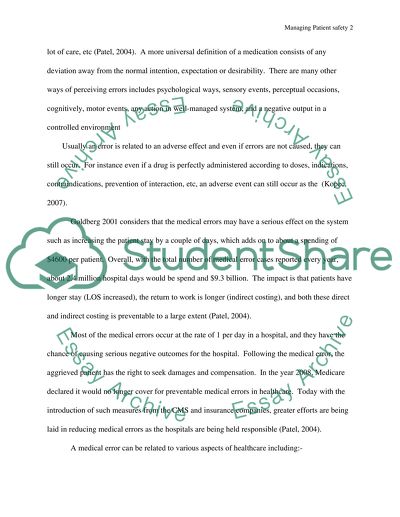Cite this document
(“Managing Patient safety Assignment Example | Topics and Well Written Essays - 2750 words”, n.d.)
Retrieved from https://studentshare.org/nursing/1397336-managing-patient-safety
Retrieved from https://studentshare.org/nursing/1397336-managing-patient-safety
(Managing Patient Safety Assignment Example | Topics and Well Written Essays - 2750 Words)
https://studentshare.org/nursing/1397336-managing-patient-safety.
https://studentshare.org/nursing/1397336-managing-patient-safety.
“Managing Patient Safety Assignment Example | Topics and Well Written Essays - 2750 Words”, n.d. https://studentshare.org/nursing/1397336-managing-patient-safety.


